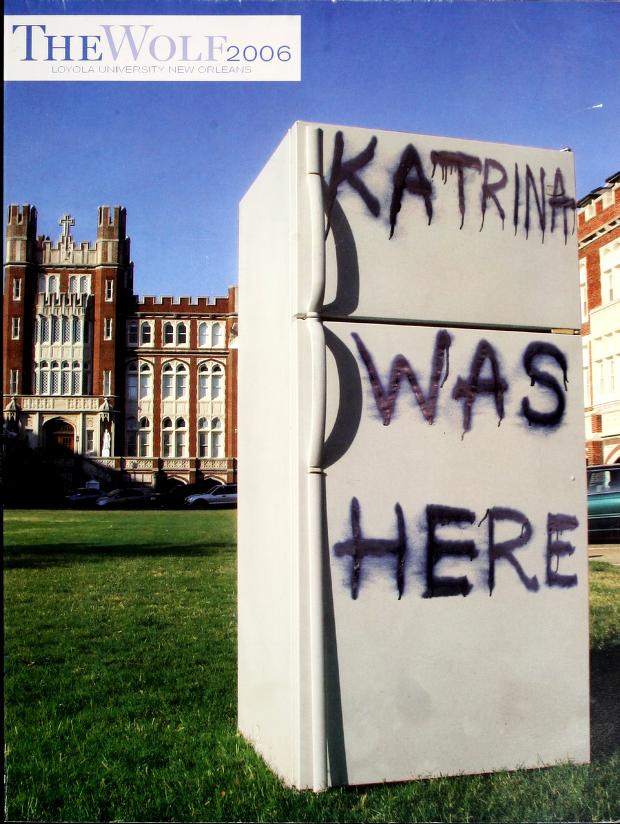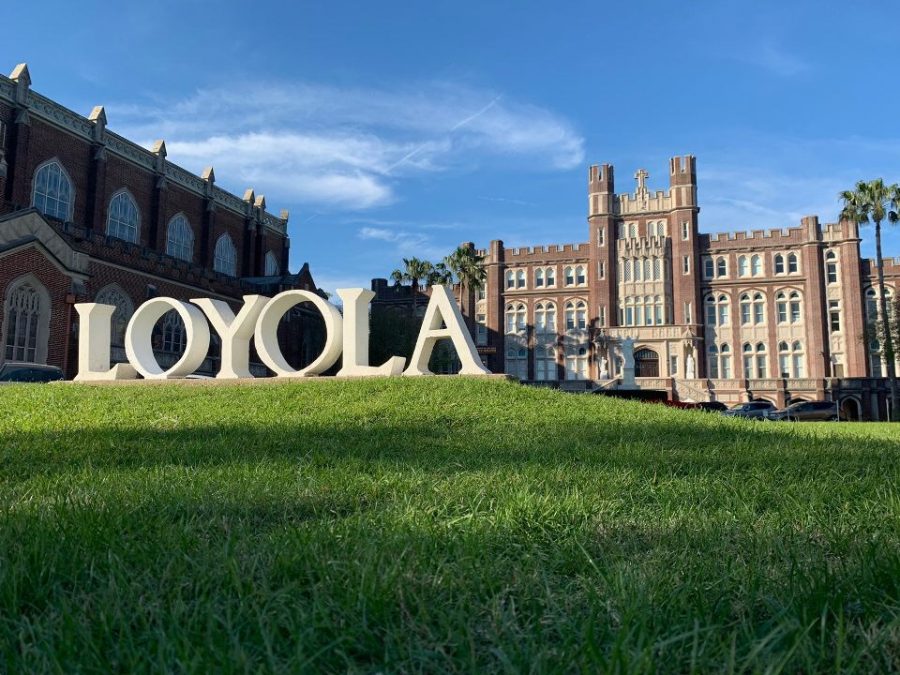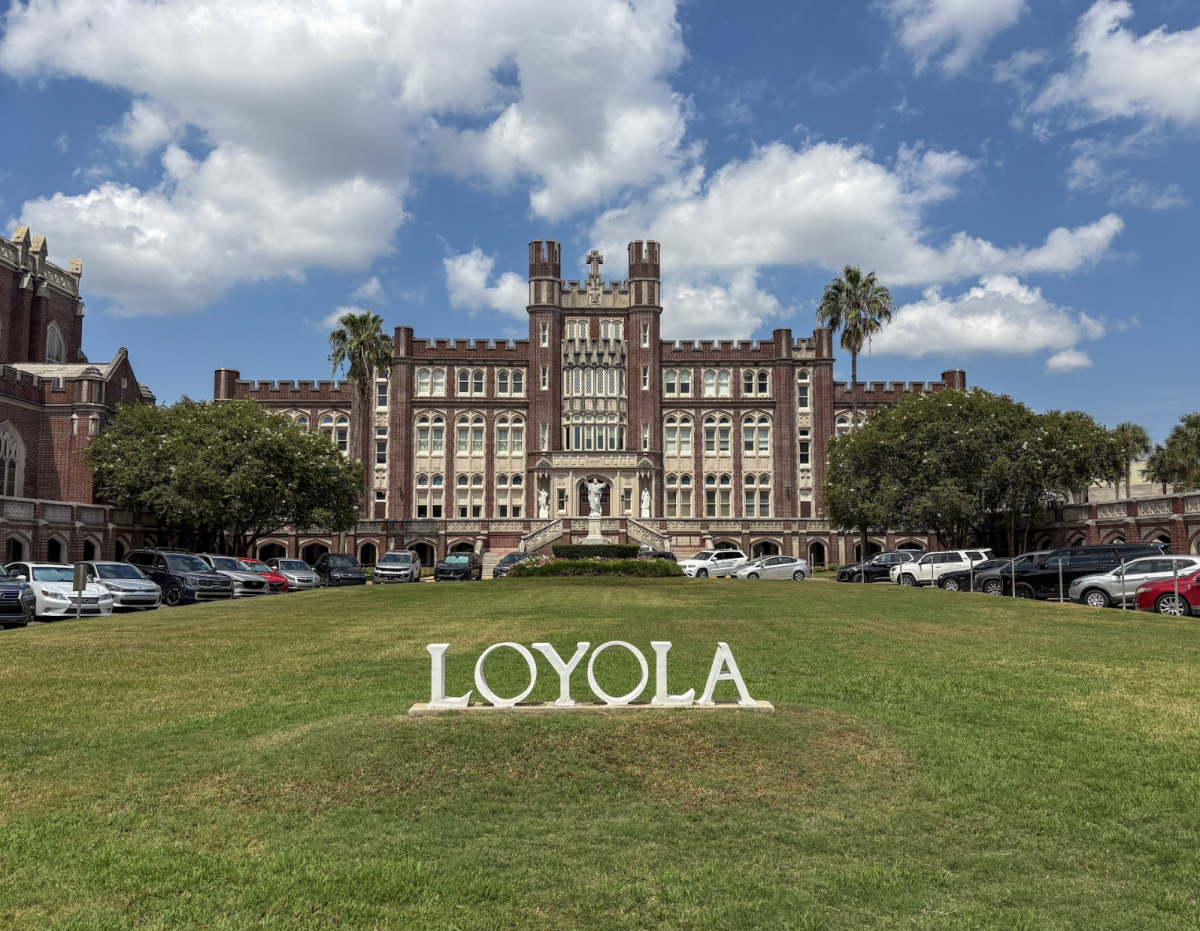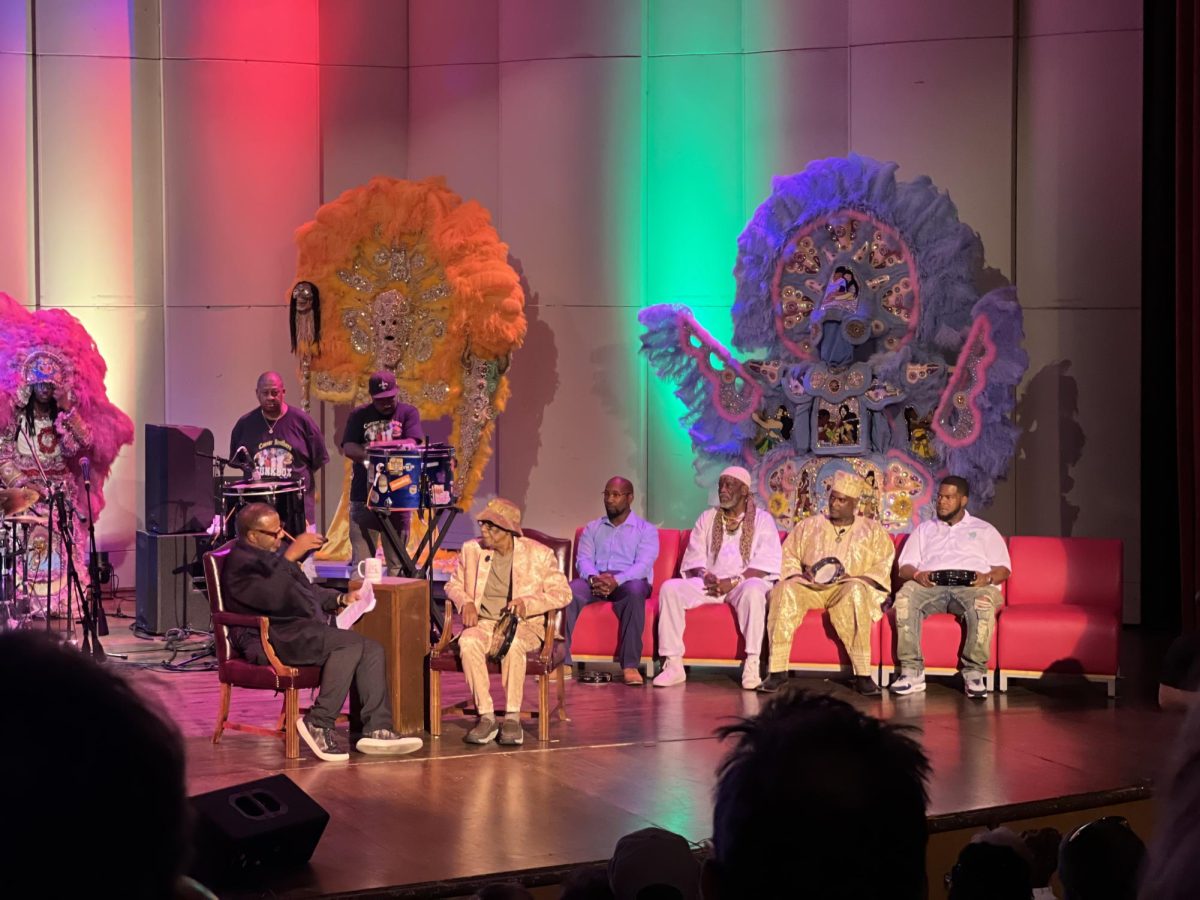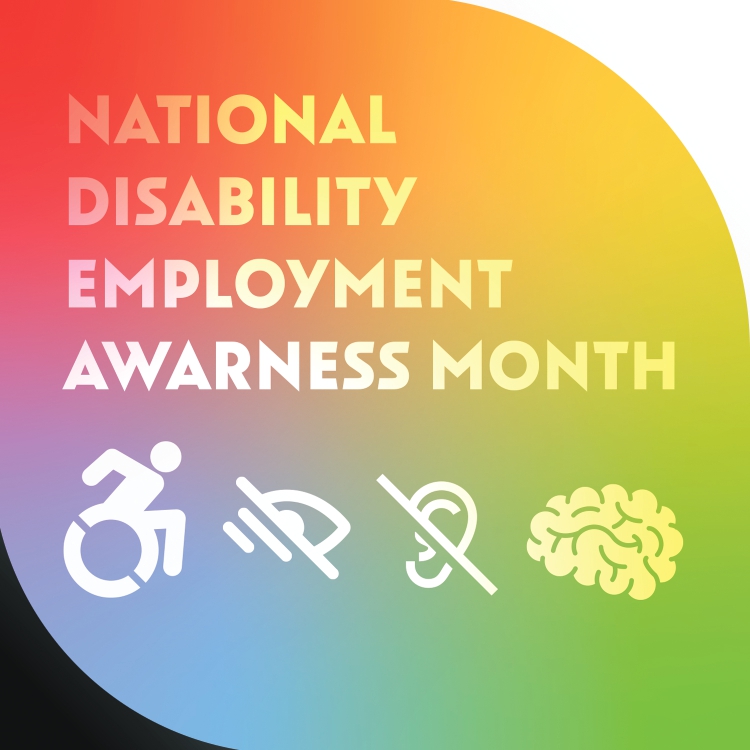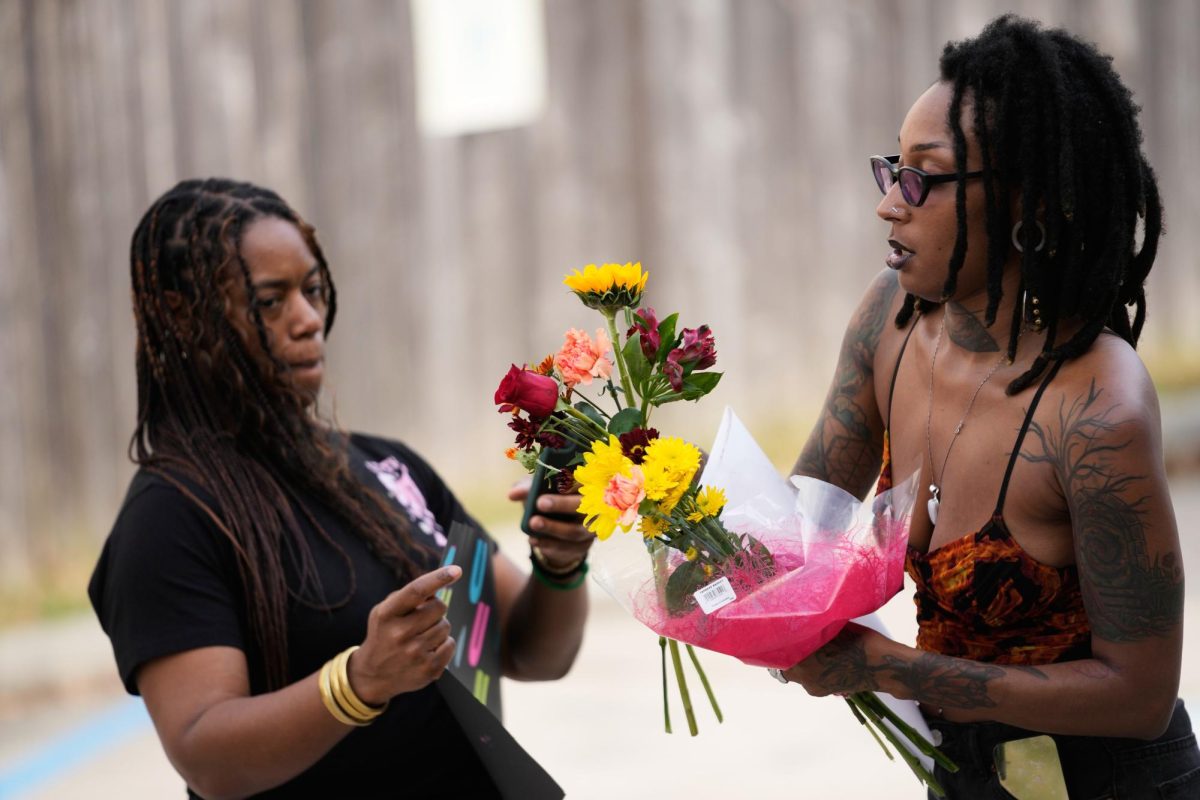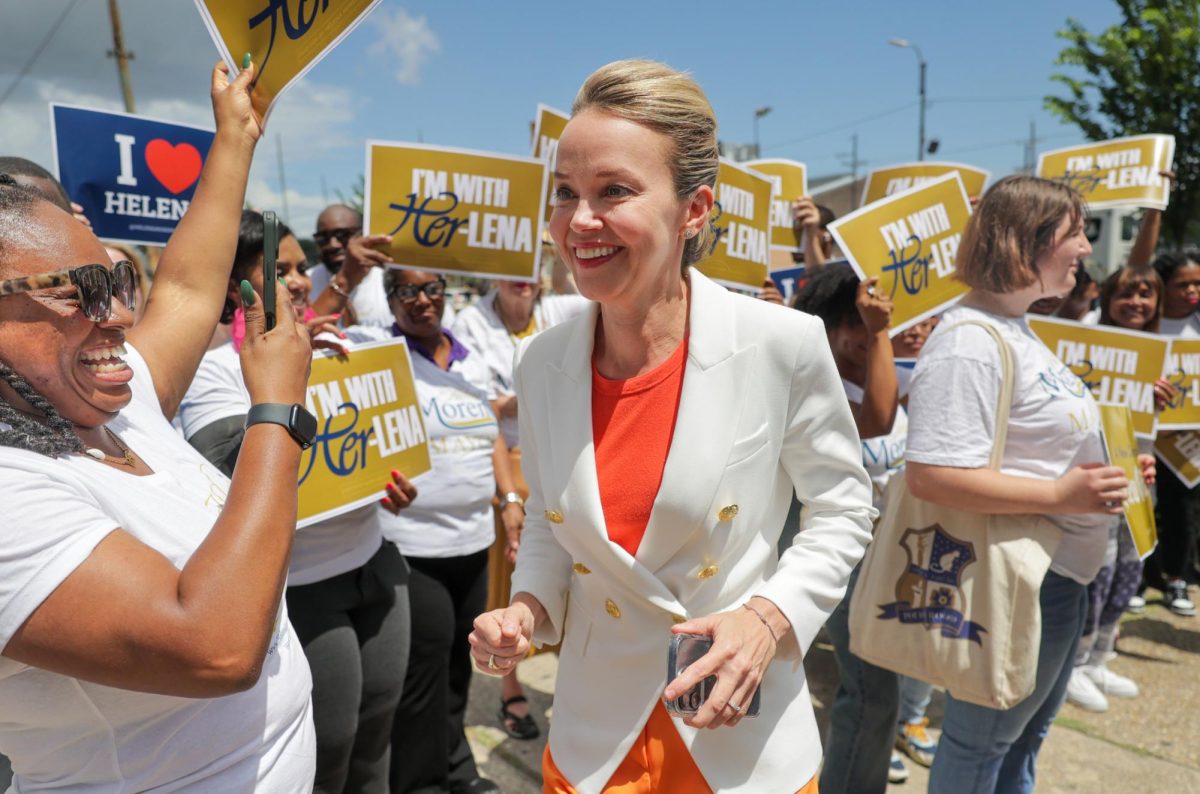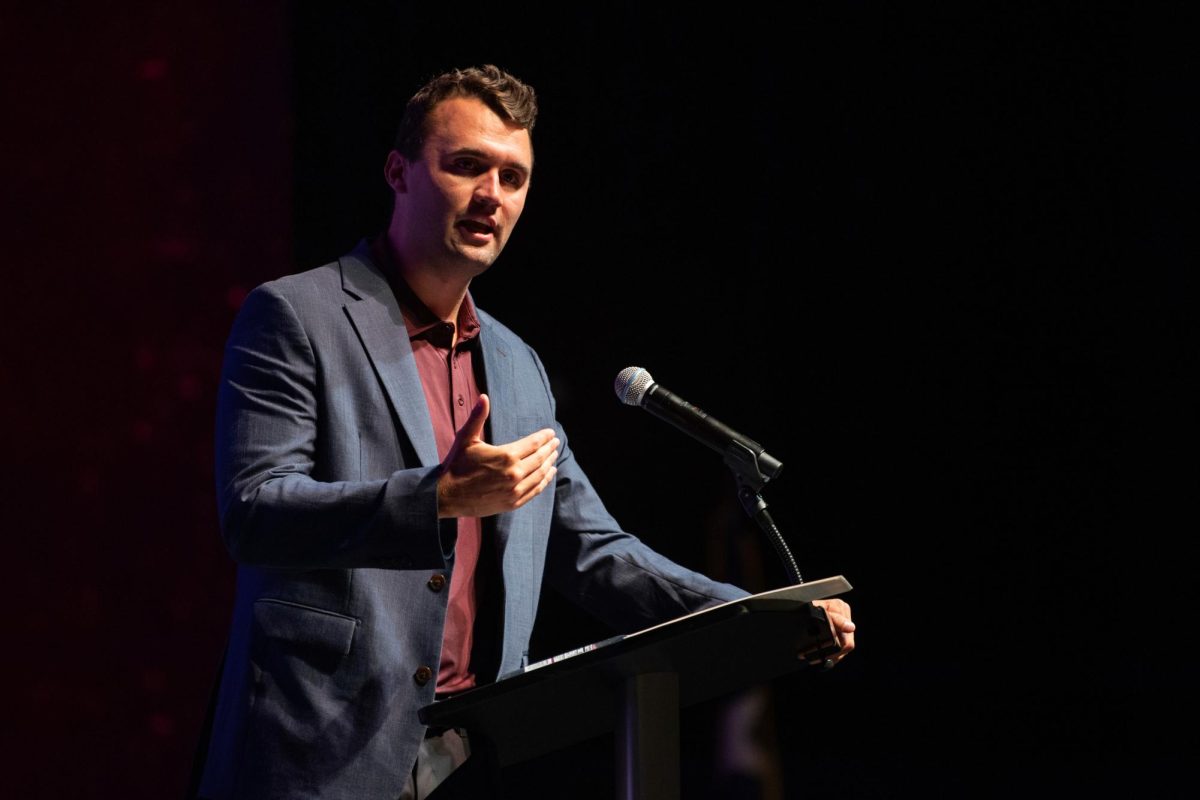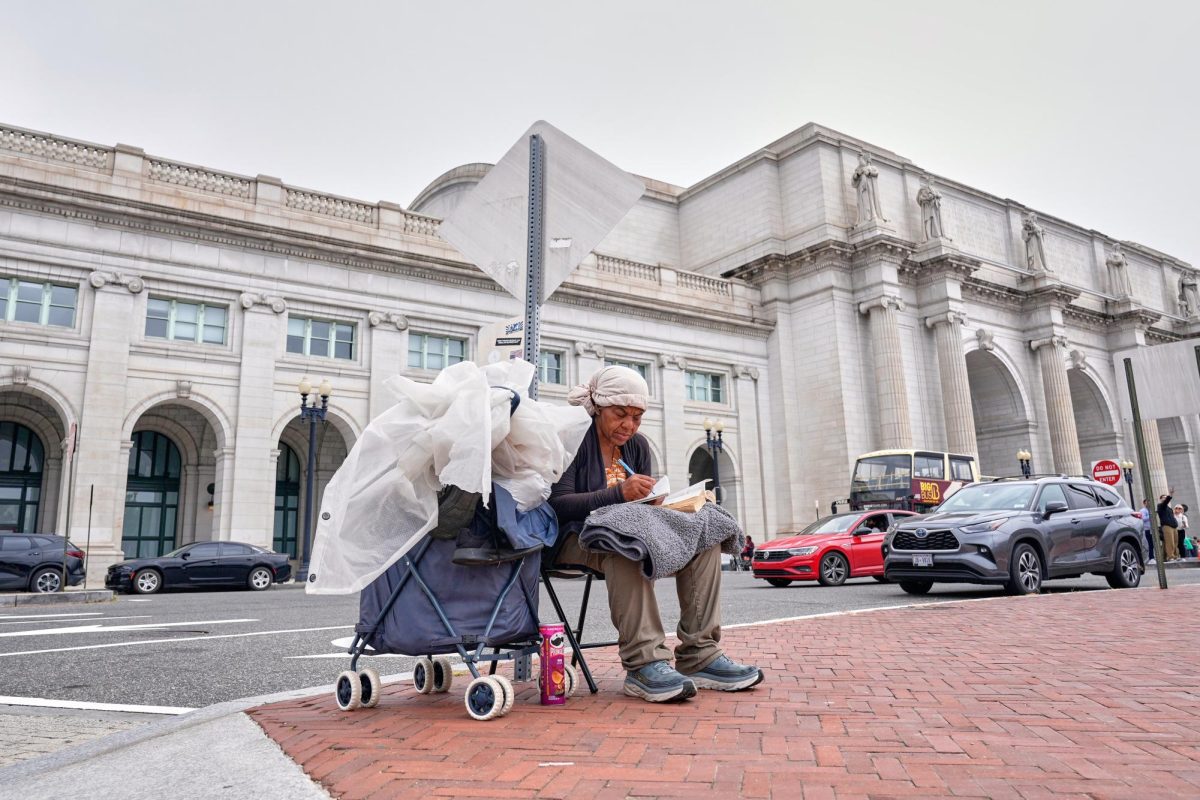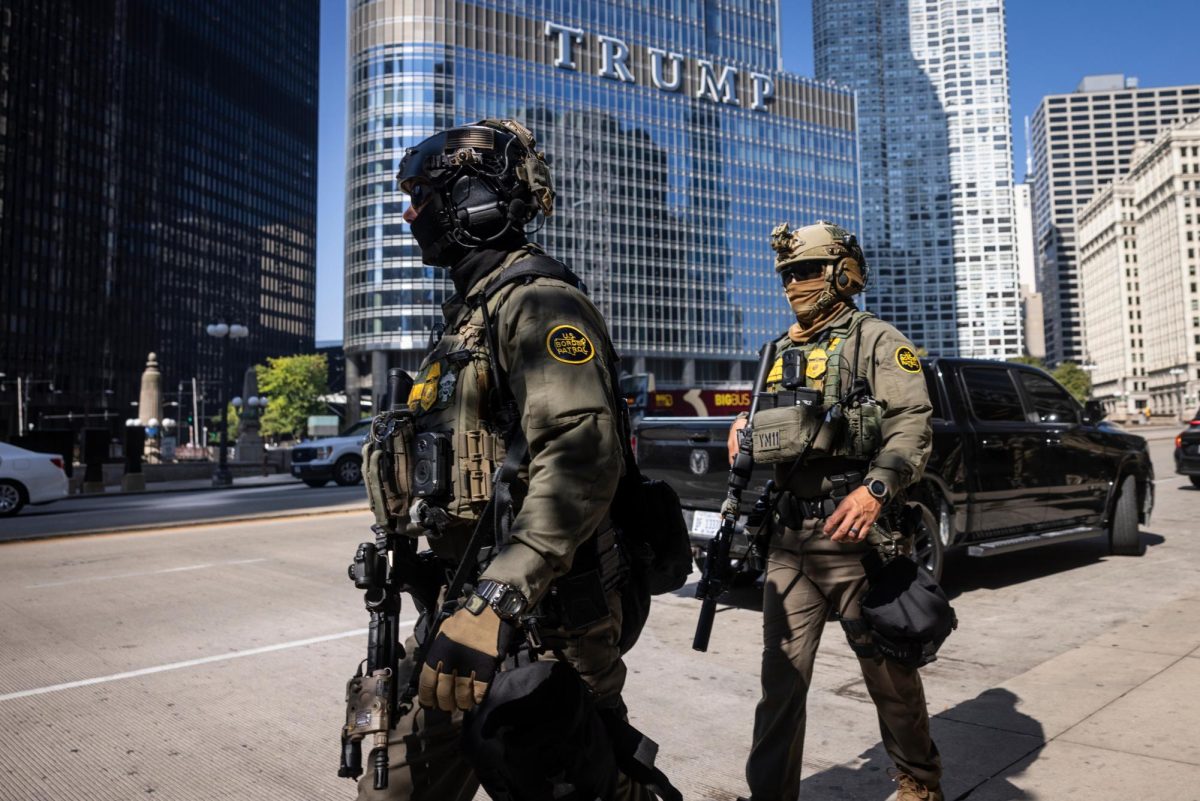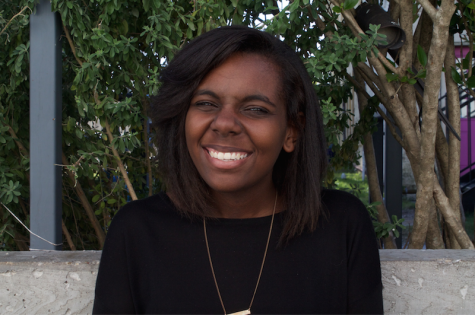As the city of New Orleans comes up on the 11th anniversary of Hurricane Katrina, it is not being met with as much attention as it was a year ago.
When the 10th anniversary of Hurricane Katrina happened, there were many events all over the city for people to acknowledge the milestone, but as another year passes, the Katrina commemorations have decreased significantly.
Shawn Kelly, sociology senior, said this is because both the city of New Orleans and the people of New Orleans have changed.
“New Orleans is so much different, and I’m so different,” Kelly said.
Kelly said that the remains of Katrina can still be seen in the city, but the city has been able to rebuild and come back.
Although the city has changed since Katrina, some still feel it is necessary to look back on the anniversary.
One of the few events that continues to commemorate the anniversary is Katrina Artistically Revisited, which is an event that gives people a chance to remember the tragedy through art.
Patty Lee and Armand St. Martin have been producing Katrina Artistically Revisited since the first anniversary of the hurricane. Lee said that they put on the event to let people tell their stories.
Lee said that the event started as a small two hour event in 2006 with a handful of singers, but eventually grew into a major 12 hour event with many musicians, films and over 1,000 attendees.
Lee said that she and St. Martin are only able to continually put on this event because of support from the community.
For the 10th Katrina Artistically Revisited, two full-length documentaries were featured. “The Big Uneasy” and “Big Charity” gave different takes on the effects of Hurricane Katrina. Lee said that both films will be shown again this year.
“The Big Uneasy” follows two scientific investigation teams and a whistleblower as they try to discover what actually caused the flooding. Director Harry Shearer said that he made the documentary to show people how the events of Katrina unfolded.
Shearer said that he still shows his film about Katrina wherever and whenever he can because people are still battling the turmoil of natural disasters like the floods in Baton Rouge and he wants people to know how they are actually affected.
“I had to do more to get the information out as to what truly caused the near-drowning of a unique American city,” Shearer said.
Shearer said he made this documentary differently from the mockumentaries that he is known for. He said he took himself out of it so that the story could be told by the people who knew it best.
As for today, Shearer said that the people of New Orleans want to move past the events of Hurricane Katrina, like Kelly who said that he doesn’t really think about the storm anymore.
Kelly said his experience of the storm was one of panic and frustration. He said the only time he tells his story is when the anniversary comes around.
“I think I’ve told my story so much that it just ceases to hurt anymore and it just becomes words to me,” Kelly said.
He said his family chose not to evacuate because they didn’t know what the storm would bring.
“We honestly didn’t think or maybe we didn’t want to believe the storm was going to be that bad,” Kelly said.
Despite their hopes, Kelly’s family lost their home in the storm, just like many other families around the city. Lee said that the people of New Orleans questioned whether the city would ever be the same.
“Nobody was sure there would even be a City of New Orleans,” Lee said.
On the upcoming 11th anniversary, people are again reminded of the effects of flooding in Louisiana.
“Seeing the images of people losing everything and having to be rescued brought back painful memories,” said Kelly.
Kelly said that the Baton Rouge floods bring back more memories about Katrina than the anniversary itself.
“Whenever the anniversary comes around, I just feel sad but reassured that I made it,” Kelly said.


